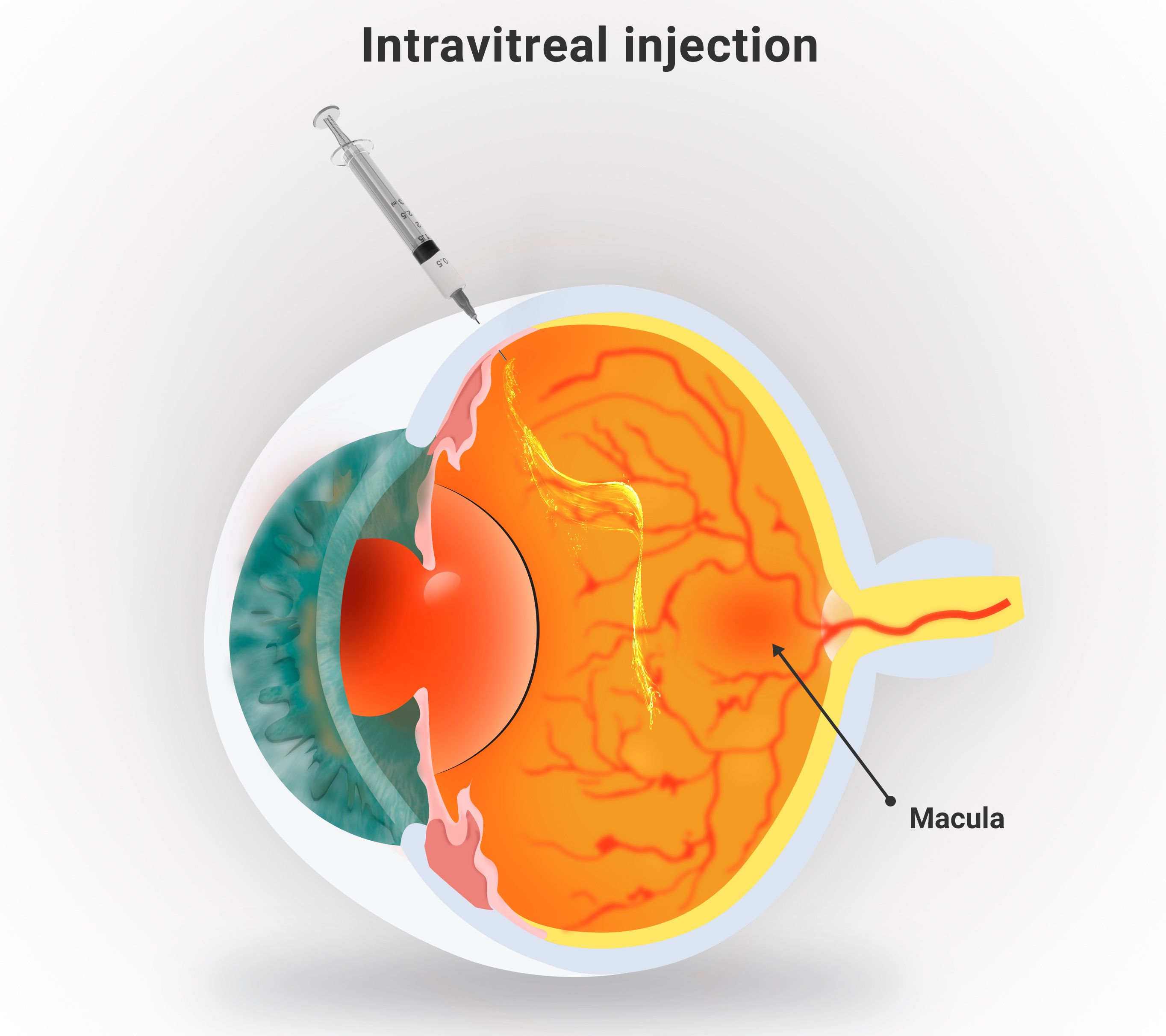- Center on Health Equity & Access
- Clinical
- Health Care Cost
- Health Care Delivery
- Insurance
- Policy
- Technology
- Value-Based Care
Guidelines for Suprachoroidal Space Injection Technique Defined by Panel of Experts
A panel of ophthalmologists defined points of consensus for suprachoroidal space injections based on current published evidence.
Guidelines for suprachoroidal space (SCS) injections were developed and published by a panel of expert ophthalmologists after reviewing literature on the topic of intravitreal injections (IVT). These guidelines, published in Retina,1 were outlined in a review of the literature.
IVT is the primary method of delivering therapeutics in the eye, primarily in the retina. However, IVT has its own set of severe adverse events, including retinal detachment and eye infection.2 SCS injections could provide targeted delivery of injections, as the SCS is a key site for uveoscleral outflow and contributes to the maintenance of intraocular pressure (IOP). Both microcatheterization and microneedle injection have been used as ways to deliver to the SCS.
A live panel discussion was used to develop guidelines for injection to the SCS, including patient considerations, expectation setting, injection technique, injection management, and follow-up. Published data of both clinical and preclinical data were evaluated so that the panel could define points of consensus and points that required further data to come to a consensus in the future. The initial conclusions were summarized for their categories to create the guidelines.
Intravitreal injection | Image credit: AngeloSouza - stock.adobe.com

The guidelines covered the overarching topics of General Patient Considerations, Pre- and Peri-Injection Management, Injection Procedure and Technique, Quadrant or Needle Switching, and Postinjection Management and Follow-Up. For general patient consideration, the decision to perform the injection into the SCS should take into consideration both clinical evidence and the individual patient, acknowledging that there has been little research done on patients with a history of ocular disease. Patients should be given a baseline expectation for how the injection could go, even in patients who have previously had IVT injections, as there are some clinical evidence of a low risk of adverse events (AEs).
SCS injections can be administered in an office setting and bilateral SCS injection can be administered on the same day, as per the judgement of the physician. The procedures would need 2 different vials of medication and different injecting devices to account for both eyes. Although sterile gloves, draping, and masks aren’t necessary, they can be used as per office protocol. It is possible that wearing a mask can reduce the spread of oral contaminants. All patients should be laying down for the injecting and anesthetic use, either topical or injection-based, should be used, as there was no difference between the 2. Antiseptic is highly recommended before the injection to minimize infection. Both massaging of the eye and pupil dilation are not necessary.
Sterile lid speculums should be used, even if not used routinely. The quadrant chosen for the injection should be done to optimize the visualization and surgical approach. The injection guidelines aligned with what has been found in clinical trial protocols and label instructions currently found for suprachoroidally administered triamcinolone acetonide. The 900-mm needle should be used initially but clinical judgement could indicate that the 1100-mm needle needs to be used, in which case the 900-mm needle should be removed. If a new quadrant is needed, all steps to prepare should be repeated for the new quadrant with the 900-mm needle.
Guidelines for postinjection management and follow-up included monitoring the patient after their SCS injection, including taking note of their IOP and general ocular function, which encompasses the standard procedure for post-intraocular injection. Common and expected side effects after the injection should be communicated to the patient and their caregiver. These can include subconjunctival hemorrhage and symptoms of more serious complications that would require follow-up. Eye pain and worsening vision should be reported immediately, along with light sensitivity, redness, or loss of vision.
The guidelines provide a way to codify the process of SCS injections based in the clinical trials and research done in the past on the methods that worked in the past. The injection still remains novel but the guidelines can provide a clear path to implementing the injections in the future. More research is needed to give more specific guidelines in the future, including the safety and efficacy on more specific patient populations, such as patients with myopia.
References
- Wykoff CC, Avery RL, Barakat MR, et al. Suprachoroidal space injection technique: expert panel guidance. Retina. 2024;44(6):939-949. doi:10.1097/IAE.0000000000004087
- Intravitreal Injections. American Society of Retina Specialists. 2013. Accessed June 17, 2024. https://www.asrs.org/patients/retinal-diseases/33/intravitreal-injections
Cumulative Atropine Not Associated With Increased Risk of Ocular Events in Children With Myopia
September 17th 2025Although children living with myopia taking atropine did experience an increased incidence of cataracts, glaucoma, or maculopathy, it is unclear if this risk was confounded by myopia severity.
Read More
